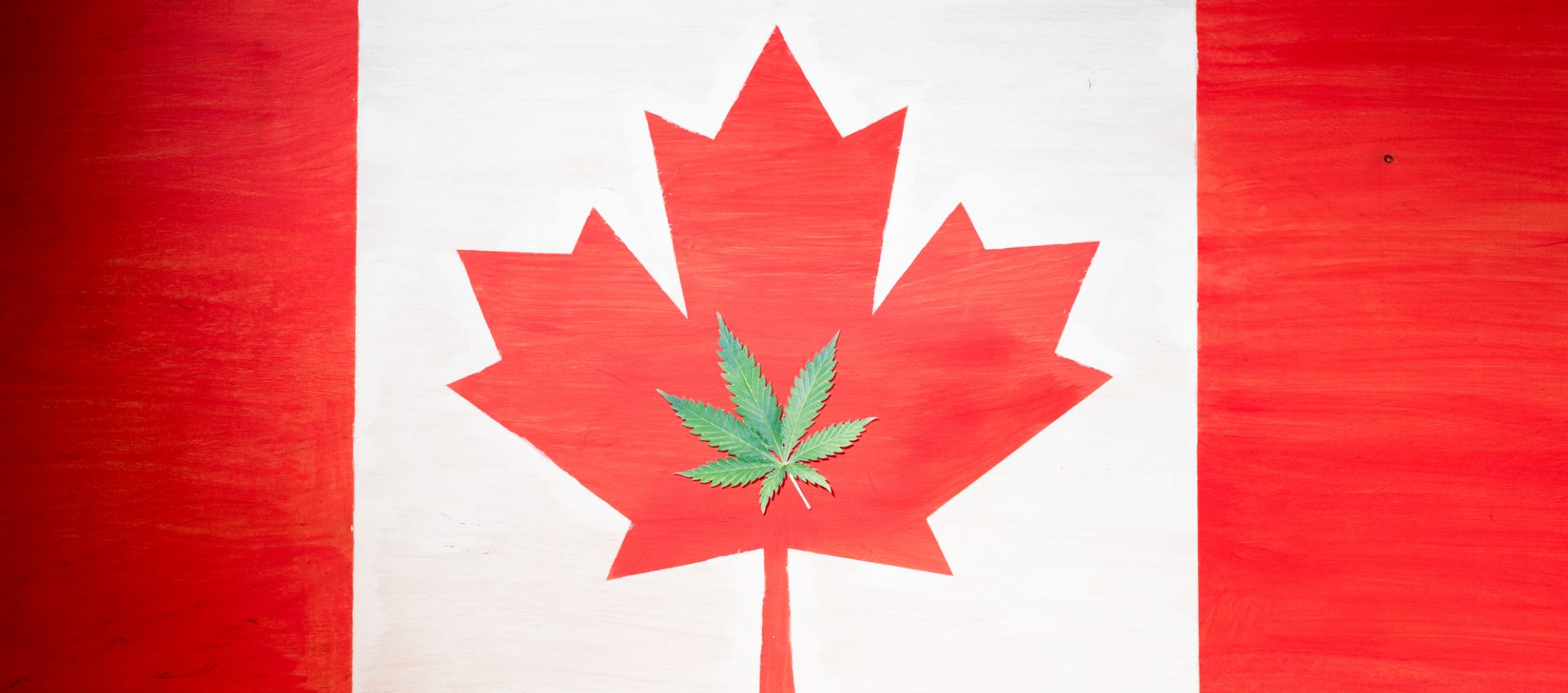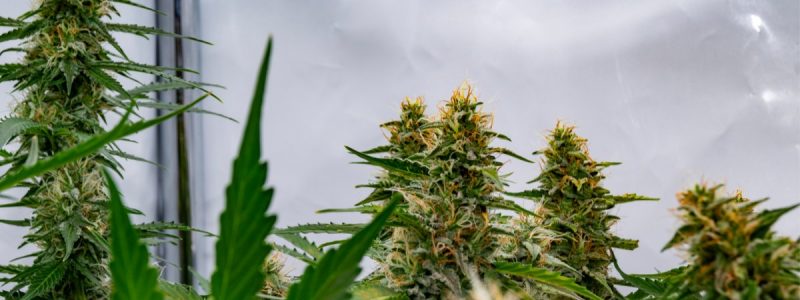Introduction
Cannabis education is becoming part of learning that should be undertaken by everyone. If one is not a cannabis user s/he may be affected in one way or the other. The message received by people needs to be looked at, as many are advising people to say no to cannabis without any substantial reasons. There has been changing in how people are educated about cannabis, especially in states which have legalized its use. There is a growing need to bring the discussion home to ensure all people are getting the right education. The need has been brought by the reasons explained below.
Cannabis education for parents and their children
For a long time, children have not been involved in the dialogue on cannabis education This is especially at home where parents are afraid of discussing openly on cannabis-related topics. There is a need to talk to parents on the importance of teaching and guiding their children, and this calls for cannabis education even at home. Parents do not benefit much from educational resources on cannabis, as this is not designed towards them.
People have been so much into what the students are learning in school about cannabis, and little has been done to pass the message to the parents at home. It cannot be assumed that all parents are educated; some are not, and others have little knowledge. Some parents, though educated, grew in a society where cannabis was a taboo. There is a need to change their perception by bringing cannabis education home. Confidence to talk about cannabis should be built in everyone so that the productive discussion can take place even at home. If this is done, many people will have sufficient knowledge and make the right decisions on the use of cannabis.
Existence of touching perception about cannabis
Perceptions can affect the proper use of cannabis. Young people may only have a positive perception of the drug. Most of them will say the drug is safe without harmful effects, and most believe that addiction only happens to certain people. It has been shown in studies done that there is more harm of cannabis use among the adolescence. Worryingly, only 30 percent of parents are ready to hold cannabis talks with their children. This points a clear need to bring cannabis education home. There are reports that only a few parents are willing to educate their children on cannabis. Legalization of cannabis is a concern for several parents. This shows a gap that needs to be filled by bringing cannabis education home.
Conclusion
Following the discussion above, there is a clear need to bring cannabis education home. This can be done easily with the wide variety of products of the Online Dispensary Buy Bud Now.The strategies should change to ensure that everybody has the right information on cannabis. Informed societies reduce risks of mistakes which can bring harm.

